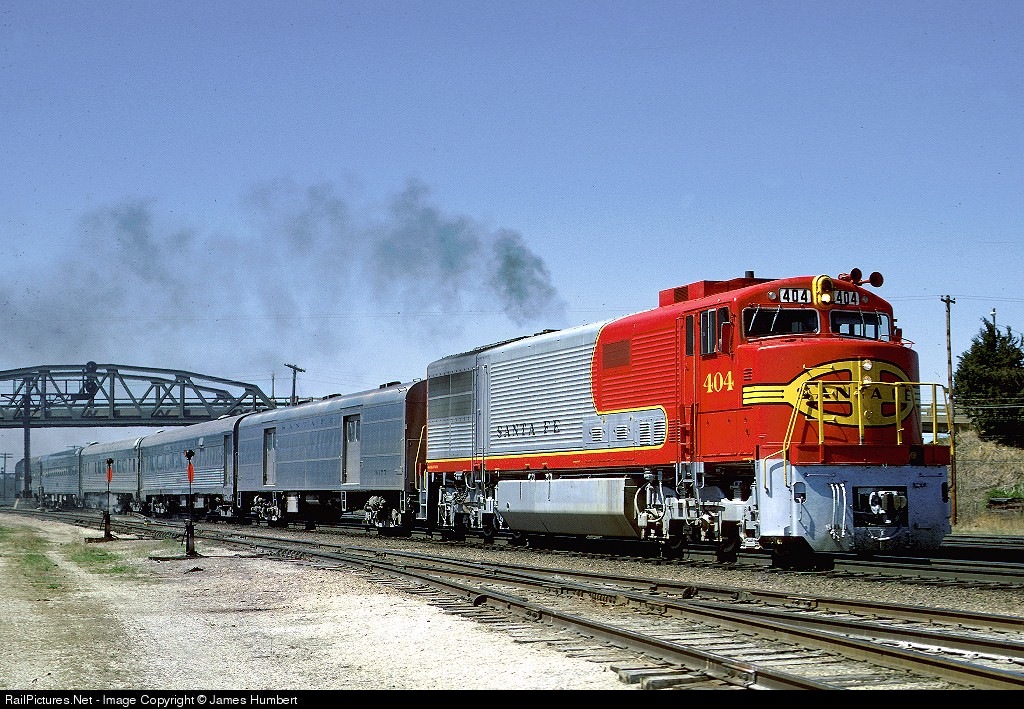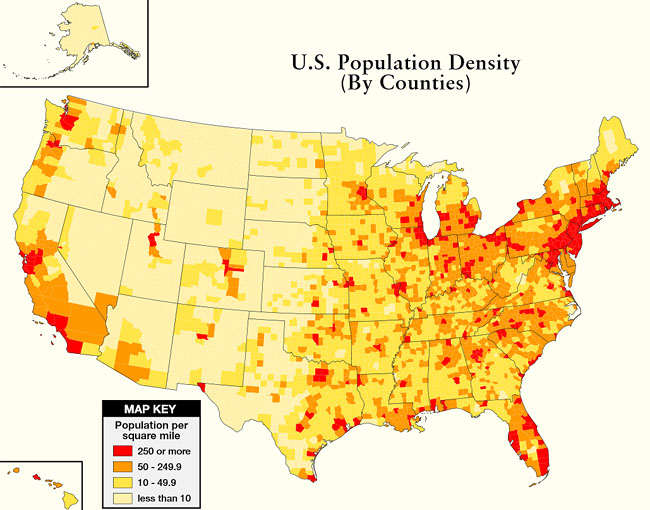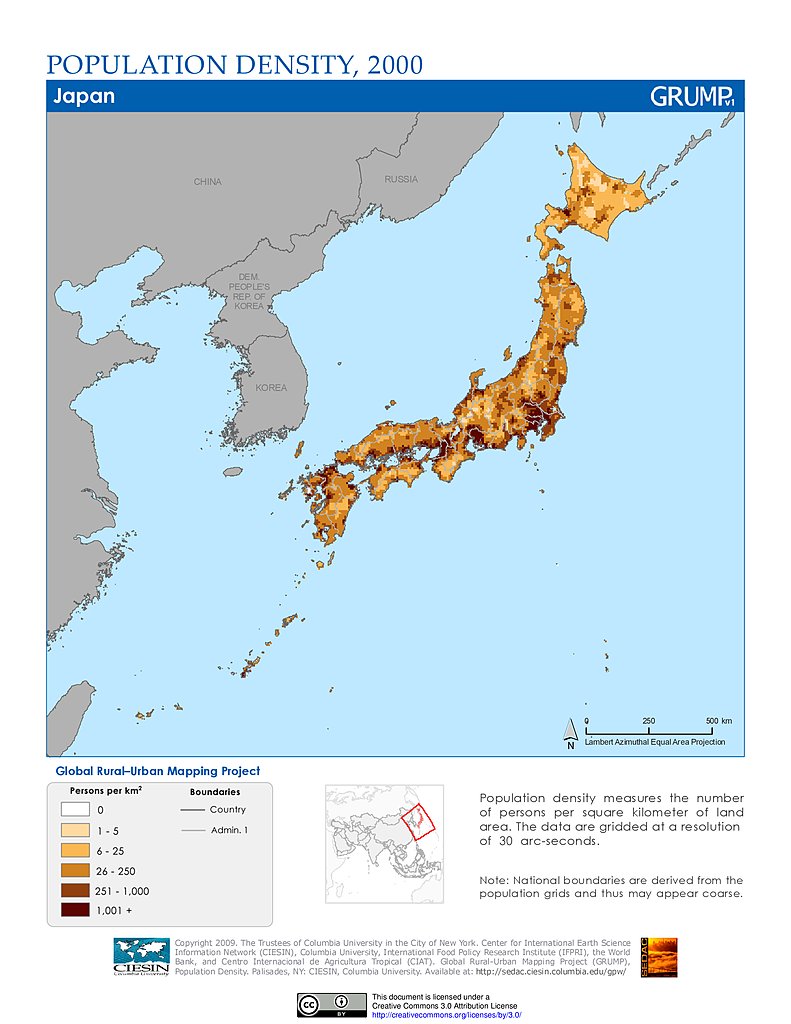So I'm working on developing a map for he western roads and want to make sure that I'm getting things right so I cam make my own suggestions.
As it stands, we have six major western roads:
- Burlington Northern
- Milwaukee Road
- Missouri Pacific-Rio Grande-Western Pacific
- Union Pacific
- Santa Fe
- Southern Pacific
Now we want to break this down to three railroads, meaning the first two, the second two, and the third two are not allowed to merge with each other respectively.
Now I know we talked about the idea that the Rock Island is merged into the Southern Pacific, but where did that idea come into play? According to my railroad encyclopedia "In 1964 Ben Heineman, chairman of the Chicago & North Western, proposed merging the C&NW, the Rock Island, and the Milwaukee Road into an Upper Midwest system and selling the lines south of Kansas City to Santa Fe. Union Pacific made a counter-proposal: Merger, which would put the UP into Chicago. That year, 1964, was Rock Island's last profitable year."
It later goes on to say that during the proceedings the ICC considered restructuring the western railroads into the BN, UP, SP and ATSF. The idea was soon rejected. In 1974 the ICC approved the UP-RI merger under the following conditions: "Southern Pacific would be allowed to purchase the Kansas City-Tucumcari line; The Omaha-Colorado Springs line would be sold to the Denver & Rio Grande Western; and the Santa Fe would be permitted to buy the [Memphis-Amarillo line] only if it would absorb the bankrupt and decrepit Missouri-Kansas-Texas." This is where UP bowed out because of the decline in the quality of the Rock Island during those 10 years. So this brings the question: Are the butterflies from the different railroads in the northeast enough that the SP enters the merger talks with its own proposal, or does it change to allow the UP-RI merger to be approved sooner and the suggested arrangements happen?




